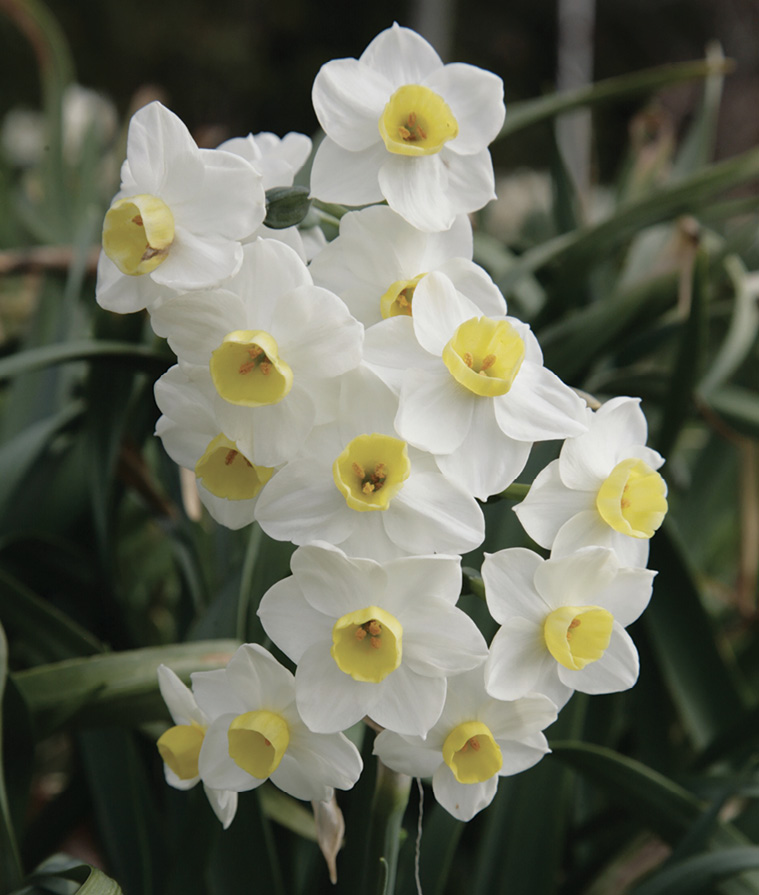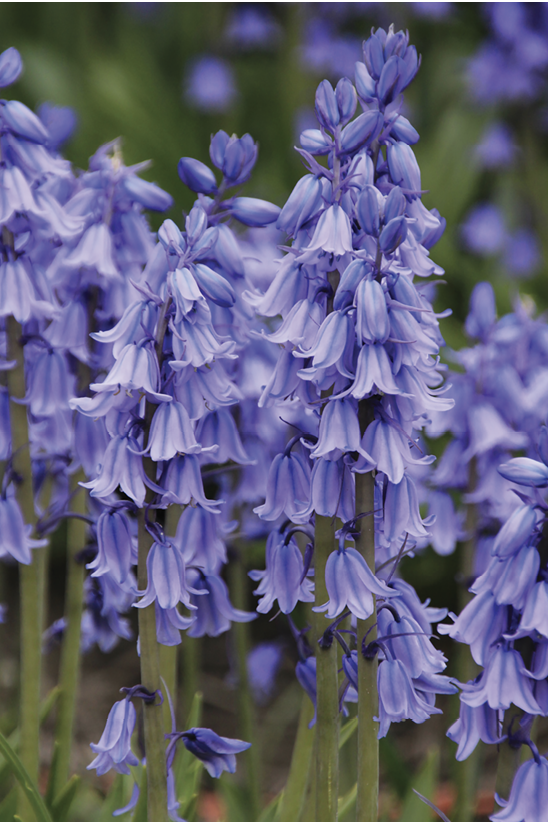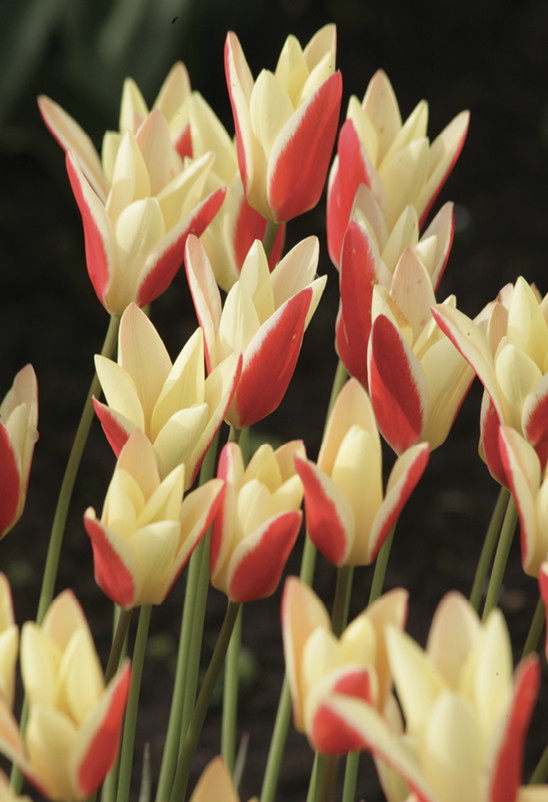
I’m fortunate that many of my friends and colleagues are commercial growers. If it weren’t for these plant specialists, I’d still be royally confused about how to grow bulbs in my Charleston garden.
My befuddlement began during my first spring here. One of my flower beds presented me with thousands of daffodil leaves but absolutely no flowers. No dancing with daffodils for me that season. William Wordsworth’s poem would have fallen flat in my landscape. This profound absence of bloom further confounded me because I had seen hundreds of daffodil’s cousins—paper-white narcissus—flowering in abundance in late January—even in neglected or abandoned gardens.
Then, to add insult to injury, there was not a single hint of a tulip. Not in my landscape or anywhere nearby. But my final perplexity took place in early summer when amaryllis and red spider lily (Lycoris radiata) began to randomly pop up in unexpected places along the edges of my yard. To me, these “events” became a bizarre horticultural version of Whack-a-mole.
If your green thumb first took root in a much colder climate, then you too might be currently perplexed. For those of us who originally hailed from places where the average first frost occurs as early as September and temperatures don’t warm until the end of late April (or worse), planting spring-blooming bulbs in November and/or December at first seems terribly incorrect. However, you are now gardening in subtropical USDA Hardiness Zones 8a through 9b, and soils never freeze solid. This dictates not only what kinds of bulbs will grow in our gardens but when to plant them. To horticulturally deal with our excessive and prolonged heat and humidity, readjust your botanical clock. If you succeed, Charleston’s gardening rhythms will begin to make sense.

However, this adjustment doesn’t mean giving up the proverbial cake nor getting to eat it. You’ll just learn to like a different flavor. This is especially true with tulips. Our mild winters cause most of them to bloom only once, so we must accept them as annuals. The Garden Club of Charleston’s book, Gardeners’ Guide for Charleston and the Lowcountry (thegardenclubofcharleston.org) says: “Tulips are an expensive indulgence … as they must be bought fresh every year. Still, many of us think they’re worth it.”
Although some might find this endeavor rewarding, the idea of intense labor each year just to enjoy a couple weeks’ worth of bloom might sound discouraging. Luckily, thanks to my professional association with Becky Heath (“Brent and Becky’s Bulbs” at brentandbeckysbulbs.com), I know a splendid exception. Many years ago, she gave me some tulip bulbs named ‘Tinka.’ For gardeners who miss seeing massive swaths of tulips every spring, these sweeties behave as perennials in Charleston gardens. Plant once and enjoy yellow and red-striped blooms for several seasons until the population gradually fades away.
Heath also introduced me to other come-back bulbs for Charleston gardens. Starflower (Ipheion uniflorum) is a reliable repeater and blooms in late winter. It’s reminiscent of the northern springtime bloomer star-of-Bethlehem (Ornithogalum umbellatum), although the two are not related. Most of the starflowers in my garden are white, but a cultivar named ‘Wisley Blue’ is also excellent. Starflowers look impressive when planted in great numbers, but it’s also fun to discover random flowers scattered in a springtime lawn.
Leucojum aestivum is another bulletproof bulb that blooms for many seasons. It goes by several common names: snow bell, summer snowflake and snowdrop. No matter what it’s called, this perennial shows off white bell-shaped flowers. Each blossom is decorated with a kelly green dot at its point, which makes identification easy. It doesn’t mind neglect. Mine have thrived unattended near an edge of my unpaved drive for more than 30 years. Like the durable and dependable paper-white narcissus, L. aestivum blooms in early spring.

Thanks to Heath’s guidance, I now successfully grow daffodils that produce flowers without fail. Follow her advice and plant cultivars meant for warm-season gardens. For beginners, try ‘Golden Echo.’ Heath says that ones that bloom early usually do well because the weather is cooler in early spring. Always plant bulbs in well-drained soil. This is especially important during the summer when spring bulbs are resting. “We emphasize well-drained soil because dormant bulbs like to ‘sleep’ in a dry bed—just like we do!” Heath says.
Finally, keep in mind that we are not restricted to growing only early-spring bulbs. Consider adding amaryllis, gladiola and Spanish bluebell to your ensemble.
PJ Gartin is a freelance garden writer who lives in Charleston.

